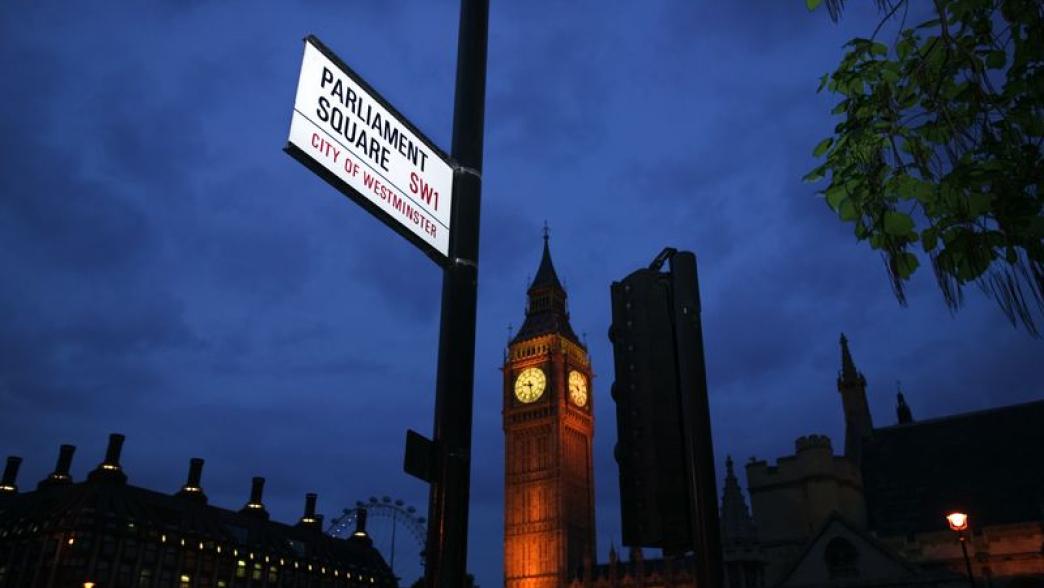
Since this week’s General Election vote, many have argued that the Fixed-term Parliaments Act is pointless. Dr Catherine Haddon says that it shows the Act is working as intended.
This week was the first time that the Fixed-term Parliaments Act (FTPA) was put into use. Since Wednesday’s vote, many have argued that the FTPA is pointless, as Theresa May was effectively able to call her own snap election.
Origins of the Act
FTPA was passed in 2011 under the Coalition Government. The main impetus behind this legislation was the Liberal Democrats’ fear that Prime Minister David Cameron would otherwise be free to pull the rug from under them, and call an early election to seek a Tory majority at a time of his choosing.
Prior to the Act, general elections still had to be held once every five years, but the Prime Ministeralways had the ability to ask the Queen to dissolve Parliament and call one earlier. The FTPA therefore removed that key prerogative power and put the power of dissolution into Parliament’s hands.
FTPA and early elections
But the Act was never meant to completely prevent an early election. It instead established two mechanisms by which Parliament could bring about an early dissolution.
The first, used on Wednesday, was for two-thirds of all MPs (434) to vote for it. The second mechanism was if a vote of no confidence in the government was passed: there would then be a 14-day window for the Government to pass a vote of confidence, or an early election would be triggered.
In fact, the Act worked. Its existence also worked in 2010–2015 in keeping a stable coalition government through a full term in office. Importantly, the Act put the power of early dissolution into the hands of Parliament rather than the Prime Minister deciding unilaterally (and removed another prerogative power from the Sovereign).
Is the FTPA a success?
The Act could have led to a different outcome, had Labour decided not to support the vote. May was successful in calling Corbyn out to fight, but many in the Parliamentary Labour Party reportedly argued that Labour should instead have abstained on the vote and prevented the two-thirds majority being reached.
That would probably have led to a vote of confidence in the Government and would have put the Conservatives on the back foot over whether their MPs should support a vote of confidence against their own leader, to trigger the second clause.
More broadly, whether to keep the Act is its current form requires thinking about other circumstances in which it might work. Just because Theresa May got her early election does not mean the Act will always be used successfully in this way. A different parliamentary arithmetic could have led to another result, particularly if the Parliament contained a viable alternative coalition to the existing government.
The Act, in 2015, also provided another benefit: it allowed both Parliament and the civil service to plan, well in advance, what legislation, appointments and announcements would come. In 2005 and 2010, before FTPA, there was still a long expectation that an election might be coming. May’s decision (and lack of any prior hints) means there is now a mad scramble to finish or scrap legislation; many government announcements and decisions will now be pushed back or changed, under a new Conservative manifesto or indeed another party taking power.
Arguments for change
Despite the two-thirds vote working as it should, there are still a number of questions about the Act that need to be addressed.
1. Whether, if the Act was repealed, the Government would be able to revert to prerogative powers – constitutional experts are divided on this. If it was repealed, Parliament would have to set a new statutory framework for dissolution.
2. As we have discussed previously, there are huge grey areas in how the Act would work if the other provision – a vote of no confidence – was used. The Act is silent on who continues to govern during the 14-day period in which a second Vote of Confidence must be held, or an election is called. Technically an alternative government could be formed to to see if it can get this vote.
3. As highlighted by my colleague Akash Paun, setting the date for the election is another issue. In the FTPA’s wording, the two third’s vote only ensures that an election must be called, but not when the date of the election must be set. The Prime Minister announced the 8 June date before the vote for dissolution. Formally, the Act says that after the vote it is on the advice of the Prime Minister that the Monarch sets the date. The Prime Minister would have carte blanche to dissolve Parliament at any point.
Where next?
We wait to see whether May’s experience of FTPA convinces her that it works, or whether a returned Tory government – if that is the election result – decides to repeal or amend the Act. It was due for review in 2020: that date may be pushed back or brought forward.
Certainly, there are many clauses in the FTPA which need greater clarity. But ultimately, the Act shows that it can work – both in holding a government and Parliament together for a full term when needed; but also in giving prime ministers, or even the Opposition, a chance to seize the initiative when circumstances dictate.